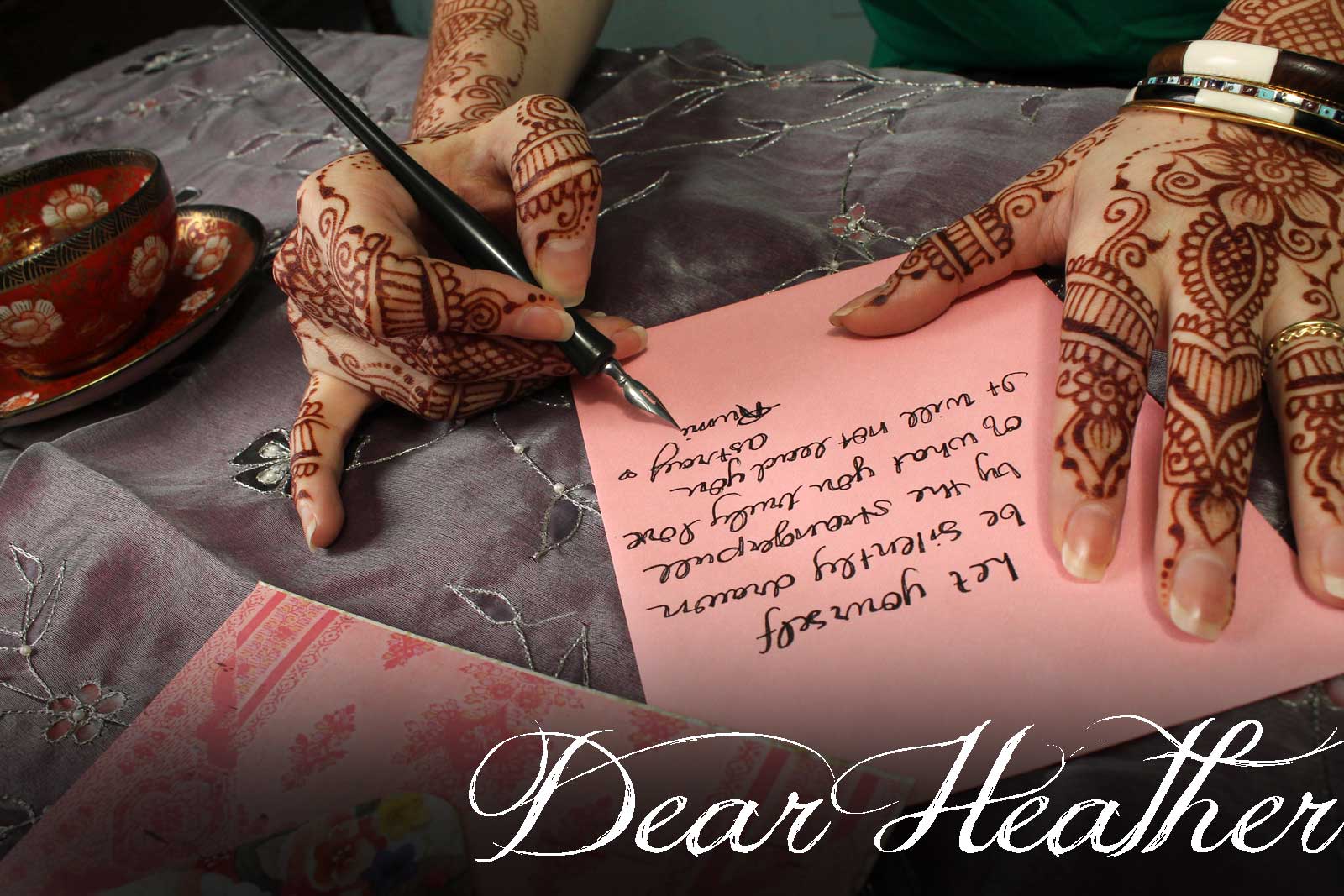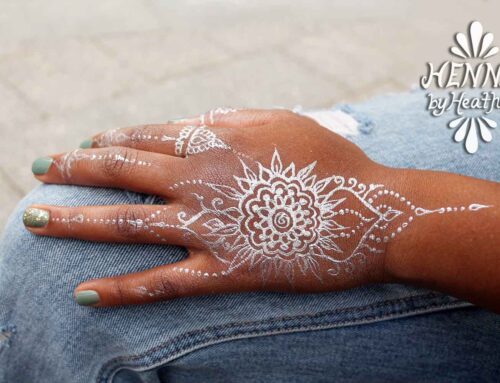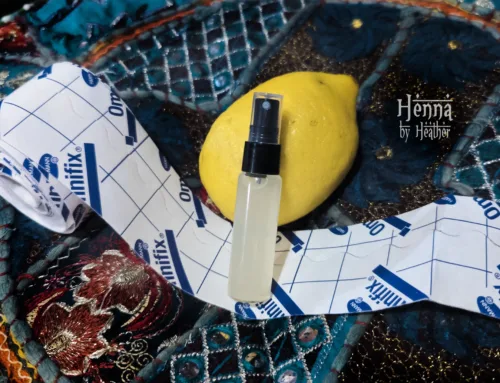Dear Heather,
I’m having trouble getting my henna batch to stain like I’d like.
I’m a professional artist, and have been doing this a while – I know how to mix a good batch of henna. I’m also quite confident that I’ve got excellent henna supplies – I bought them from a reputable supplier, and see others getting good results with the same supplies. But I just don’t see the same sort of color from my own batches as I see others getting.
Please help me figure out what’s going on so I can get great results from my henna!
Sincerely,
An Enthusiastic but Puzzled Henna Artist
———————-
Dear Henna Artist,
Thanks for writing! While the basics of mixing henna are pretty simple, and often people will have pretty good luck on their first try, or even for a whole season or two or three with no issues, there are actually lots of variables to consider that go beyond the basics that may change, covering a wide range of different sorts of factors. So let’s go through as many of them as we can to help you get this figured out.
Also, before we get too deep into this, a quick note. You probably found this article because you’re a bit frustrated with your current henna batch, and are trying to get things figured out. To help make sure you are well stocked for your next attempt, here’s a coupon code for 20% off henna powders and essential oils at our supply site, ArtisticAdornment.com: BATCH20
It will work for any henna powder and essential oil order over $15, to help you with a new experimental batch that includes both fresh henna powder and fresh essential oil.
Dye Release Time
Dye release time is, as you know, how long it takes for a batch of henna to release the lawsone dye molecule from inside the henna leaves. This varies based on a lot of factors, some of which you can control, and others which you cannot. The big overarching things to consider are the specifics of the henna crop, the liquid you’re mixing with, and the environment where the henna batch is sitting while you wait for dye release.
1. The Specifics of the Henna Crop You’re Using
a. Crop-to-crop
Since henna is a natural product, it varies year to year, as there are differences in rainfall, temperature, and other environmental factors where it grown. So you can be using the same henna powder brand, from the same region, but still have to consider that that region may have had some environmental changes from year to year. The concentration of lawsone in the henna plant will generally be higher in a dryer, hotter year, and worse in a colder, wetter year. But also, changes in environmental factors year to year can also have an effect on how long the dye takes to release from the leaves themselves.
This is why if you absolutely love the results you are getting from a particular henna powder, and want to keep your mixing process the same for a good long time, it is a good idea to stock up on enough of that powder to get you through a couple of years – as a way to know you won’t have to tweak your timing/recipe at all, and also an insurance plan in case the following year is not as great. Suppliers offer discounts on kilos of henna for this reason – to help their fellow professional henna artists stock up at a low cost, and help them have a steady supply year to year.
b. Region-to-region
Each region has its own climate that stays relatively stable from year to year, and thus there are some fairly predictable differences between henna powders. In general, Moroccan henna is known to have a quick dye release, Rajasthani henna has a pretty average time release, and Pakistani henna often (but not always) has a much slower dye release.
2. The Liquid You’re Using to Mix Your Henna

3. Environmental Factors of the Area Where the Henna is Resting
Your Ingredients
1. Issues with the Powder in your Henna Batch
2. Issues with the Essential Oils?in your Henna Batch
3.Issues with the Liquid?in your Henna Batch
4. Issues with the Sugar in your Henna Batch
Other Factors
1. Photo Timing
2. Stain Placement
3. Your Own Skin
This Is a Lot to Consider
keep a notebook
If you find this article helpful, please link to it from your own page! If you would like to feature its content on your own page, please contact Heather about licensing opportunities. This page, like the rest of this website, is protected by copyright.
First published May 7, 2018.




